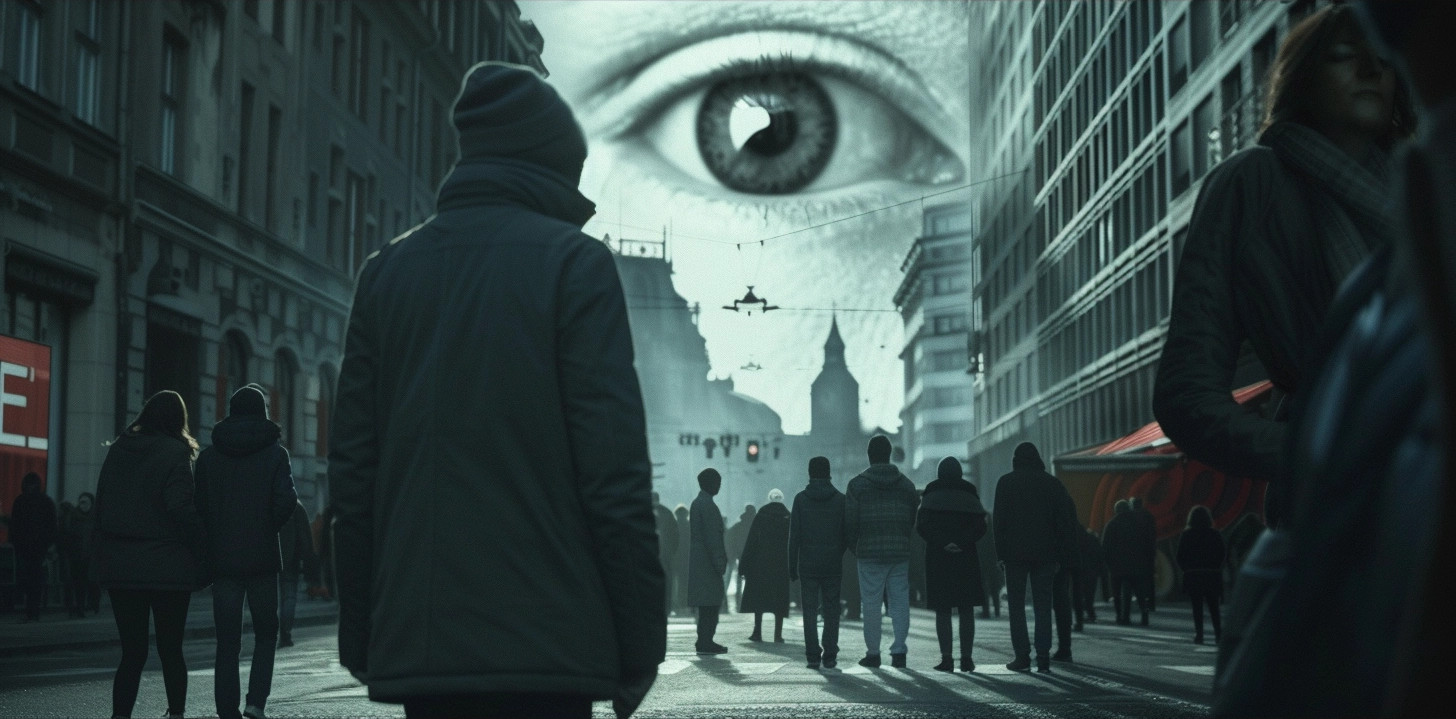A “Cold Civil War” can be between a government and the people it is expected to serve and listen to, but doesn’t. In such a scenario, the conflict arises not so much from armed confrontation but from a profound and persistent disconnect between the governing authorities and a significant portion of the citizenry. This disconnect can manifest in various ways, including policy decisions that consistently ignore the public’s needs or preferences, a lack of accountability and transparency, suppression of dissent, and the erosion of democratic norms and institutions.
Several factors can contribute to this state of affairs:
- Authoritarianism:
In cases where a government becomes increasingly authoritarian, disregarding the rule of law, democratic principles, and civil liberties, a “Cold Civil War” scenario can emerge. The government’s actions create deep resentment and resistance among the populace, leading to a sustained conflict that is expressed through protests, civil disobedience, and other forms of non-violent and sometimes violent resistance. - Erosion of Trust:
A significant erosion of public trust in government institutions can contribute to a “Cold Civil War.” This can occur when people feel that their voices are consistently ignored or when they perceive widespread corruption, incompetence, or indifference among their leaders and institutions. - Social and Economic Inequality:
When a government’s policies consistently favour certain groups over others, leading to significant social and economic inequalities, it can create a divide between the state and its citizens. Such disparities can fuel public anger and lead to a situation where the government is seen as an adversary rather than a representative body. - Surveillance and Control:
The use of surveillance, censorship, and other control measures to suppress dissent and monitor the population can also contribute to a “Cold Civil War.” In these circumstances, the government’s actions are perceived as oppressive, leading to resistance and conflict that, while not necessarily involving direct violence, signify a profound struggle between the state and its people. - Ideological Divisions:
Deep ideological divisions between the government and a significant portion of the citizenry, especially when the government aggressively promotes policies that are antithetical to the values and beliefs of many people, can lead to a sustained internal conflict.
In a “Cold Civil War” between a government and its people, the battlegrounds are often the media, the internet, public opinion, and the streets (in the form of protests and demonstrations). The conflict is characterized by a persistent struggle for power, legitimacy, and the direction of the country’s future, with both sides engaging in a protracted battle for institutional control without crossing into open warfare.
On a global scale
When governments start to take orders from a global elite, the essence of democracy and sovereignty begins to erode, transforming politicians into mere actors on a stage set by a powerful few. In this scenario, the Cold Civil War transcends national boundaries, becoming a global struggle between the mass of humanity yearning for freedom, justice, and equity, and a shadowy cadre of elites intent on maintaining control over the world’s resources, economies, and populations. This battle is fought not with guns and bombs but in the realms of information, economics, and culture, where the manipulation of media, the rigging of financial systems, and the erosion of social and ethical norms are the weapons of choice. The stakes are the very soul and future of humanity, as people everywhere resist the encroachment on their rights, livelihoods, and communities, striving to reclaim their power from those who would diminish their voice in the governance of their own lives. This conflict, though silent and unseen, is as significant as any fought on battlefields, for it is about the preservation of human dignity against the forces of unchecked power and greed.
Conclusion
The concept of a Cold Civil War encapsulates the profound and often silent struggle within societies or between humanity and a ruling elite, marked by deep ideological, political, and cultural divisions. It is a conflict that unfolds in the corridors of power, the digital landscape, and the collective consciousness, eschewing physical violence for battles waged through policy, propaganda, and the pursuit of control over information and resources. At its heart, a Cold Civil War represents a critical juncture in human history, a fight for the soul of civilizations, where the outcome will determine the direction of democratic governance, individual freedoms, and the very essence of human dignity and equality in the face of emerging global challenges and power structures.
